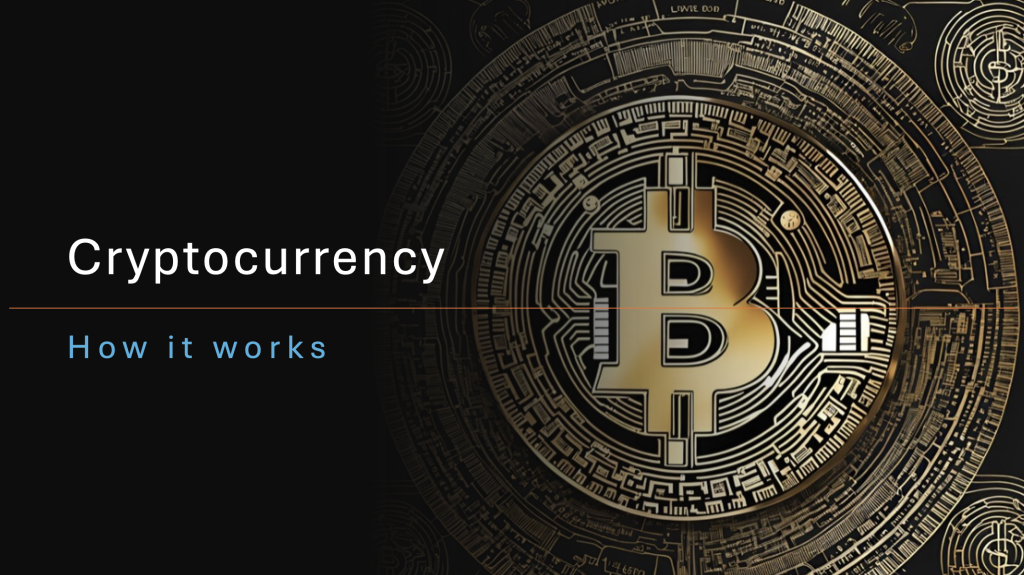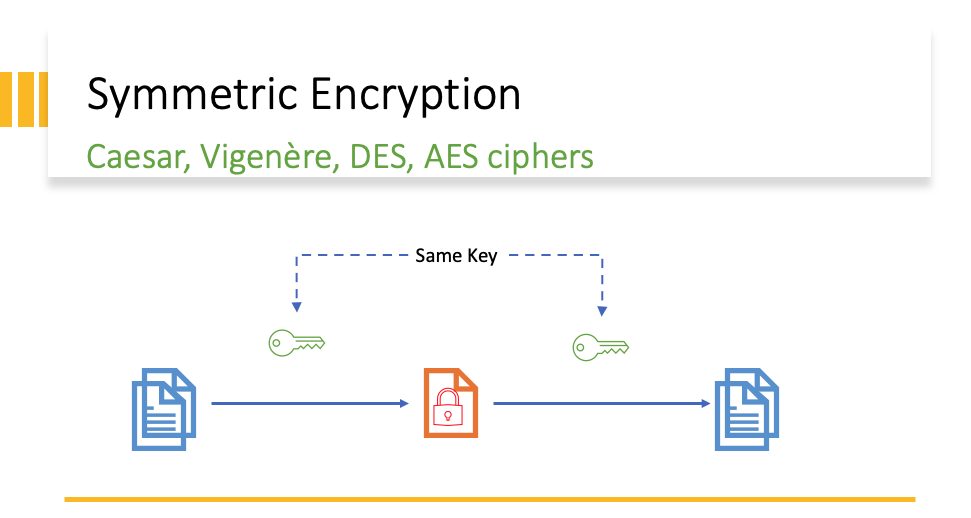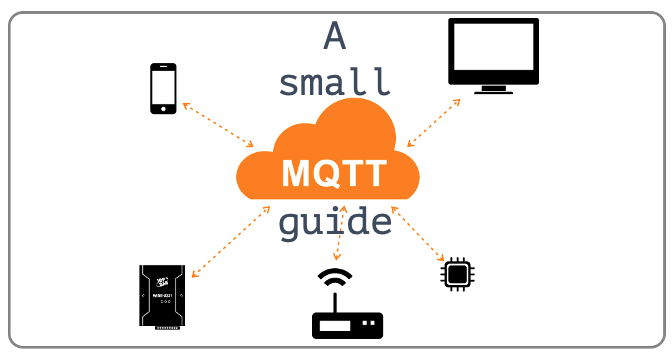A cryptocurrency is a digital currency designed to work as a medium of exchange through a computer network that is not reliant on any central authority, such as a government or bank, to uphold or maintain it. It has, in a financial point of view, grown to be its own asset class. However, on the contrary to other asset classes like equities or commodities, sectors have not been officially defined as of yet though abstract version of them exist.
Bitcoin is the first decentralized cryptocurrency. Nodes in the peer-to-peer bitcoin network verify transactions through cryptography and record them in a public distributed ledger, called a blockchain, without central oversight. Consensus between nodes is achieved using a computationally intensive process based on proof of work, called mining, that guarantees the security of the bitcoin blockchain. Mining consumes large quantities of electricity and has been criticized for its environmental impact.
Block

A block is a group of verified dataset (transactions) which are validated using a Asymmetric encryption mechanism and condensed using Merkel tree logic. The Block has a pointer to the previous block by inserting the SHA 256 hash value of the previous block in the next block. A block size in Bitcoin is 4 megabyte. Getting the right hash for the block takes around 10 minutes to find. The system halves the amount of bitcoins released into the system every 4 years.
Block chain

It is a list of blocks which are linked together with pointers using the hash values of the previous block in the chain.
Distributed Processing
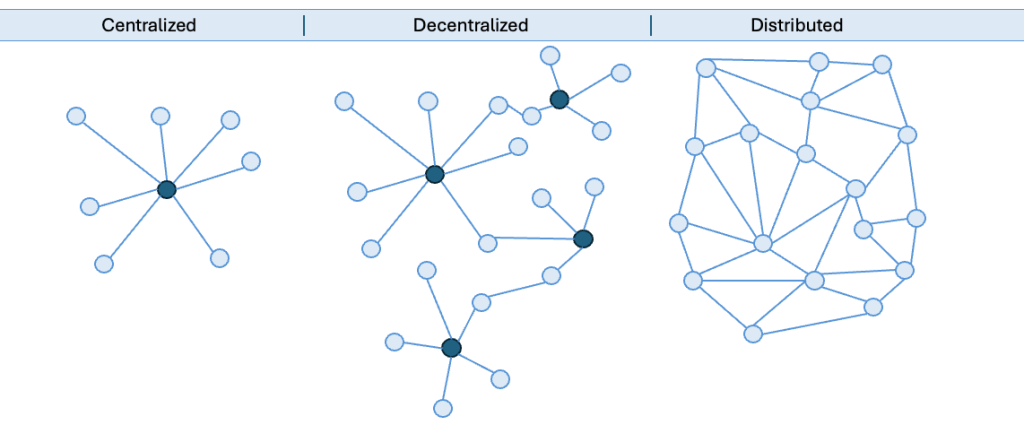
Cryptocurrency avoid using a centralized processing which relies on a single source of truth because of the nature of vulnerability in relying on single point of failure. In a de-centralized system also we have single source of truth for single information which essentially keeps the original problem, since if the single node is compromised, the information on it will be compromised.
In a distributed system, the data is copied over to every node, and reliability of data is maintained by consensus of more than 51%. It is made very hard to take over 51% of the nodes by adding a cost/processing intensive layer called proof of work.

The block chain in distributed processing is maintained at each and every node maintained by miners. When a miner adds a block to the blockchain, the miner notifies other miners to accept the new block into their blockchains. The proof of work algorithm works like a cryptography trap door function, meaning it is very hard to make a valid block, but it is very simple to verify the validity of the block.
There is a possibility that 2 miners may generate blocks at the same time with different transactions in them, we will cover the consensus part later below.
Finding the right hash / Difficulty / Proof of work
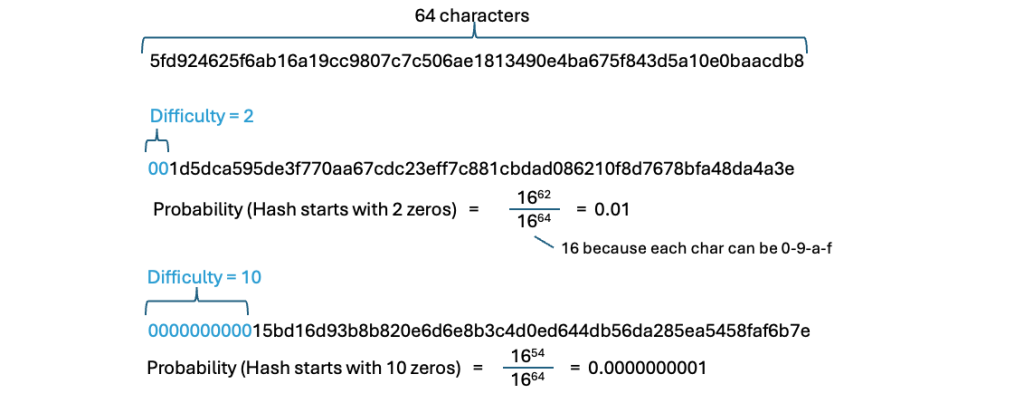
Cryptocurrency uses SHA256 to generate hashes. The output of this is a 64 byte string with values from 0-9 and a-f.
It adds a difficulty parameter to the generation process which ensures the first N characters should be zeros.
So finding a valid hash to satisfy the difficulty level becomes a compute intensive process.

The difficulty parameter https://www.blockchain.com/explorer/charts/difficulty is maintained in such a way to ensure that mining a block takes approximately 10 minutes. This ensures the Proof of Work is intensive enough to keep the compute requirements to desist the bad actors.
The bitcoins released into the network are also reduced every 4 years by half to prevent dilution of current assets.
Mining Process

The miner keeps incrementing the value of Nonce attribute to reach a hash which satisfies the difficulty level. Since the SHA algorithm ensures the avalanche effect (a minor change in input results in drastic change in output) so there is no way to predict if changing the nonce by a certain value will give us the right hash, so the only way to get the right hash is to keep incrementing the nonce value.
Once the block is mined, it is notified to all the neighbors. There are other miners in the network who may have mined a different block containing different transactions. So all the miners have to decide which new blockchain to accept. Rule of thumb is the longest chain gets accepted and unused blocks are orphaned and if their transactions are not present in the accepted block chain, then they are put back in the mempool to be picked up again. The block gets finalized after 5 more blocks have been added to the chain after this block was added. This gives the blockchain approximately 1 hr to settle down before the miner is given the reward.
Starting from the transaction
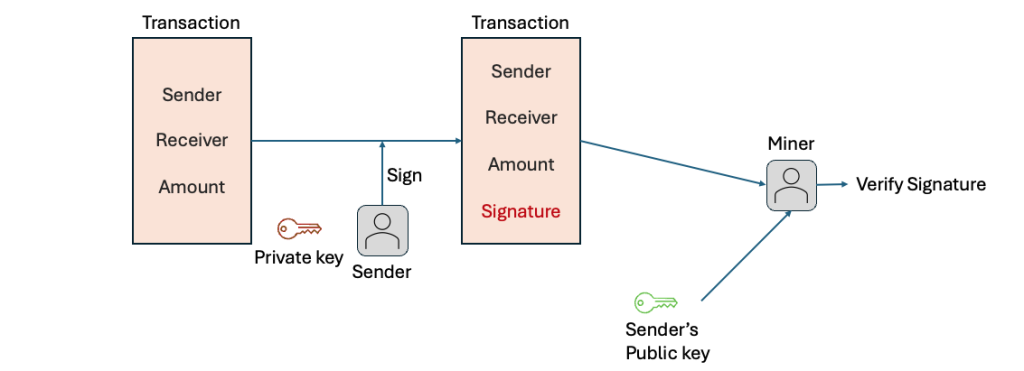
When the sender sends bitcoin to the receiver, they sign the transaction with Sender’s private key. The Sender’s public key is available to everyone and is used to verify the transaction’s veracity. Now this public key of anybody in the network is also called the person’s Wallet. So Wallet is nothing but just a public key of a person. The wallet does not contain any final amount which belongs to the user. The miner verifies the transaction using the public key and puts it in the block and puts the block in the blockchain.
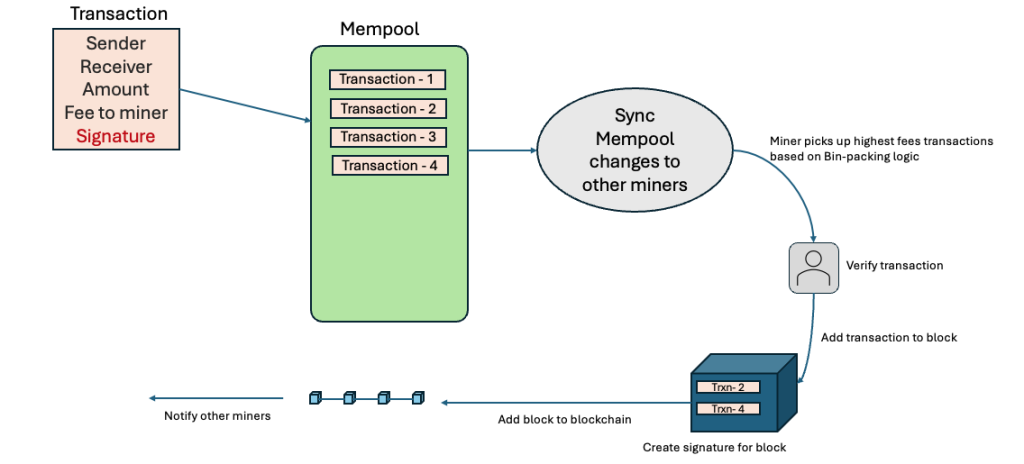
The miner is picking up the open transactions from a mempool, so whenever there is a transaction, the sender notifies its neighbors about the transaction who store it in their mempool and renotify it to their neighbors. One of the miner picks up the transaction and starts building the block. That miner will notify everyone that the transaction has been put in a block successfully, so the other miners do not reprocess it and remove it from their mempool.
UTXOs – Unspent transaction output
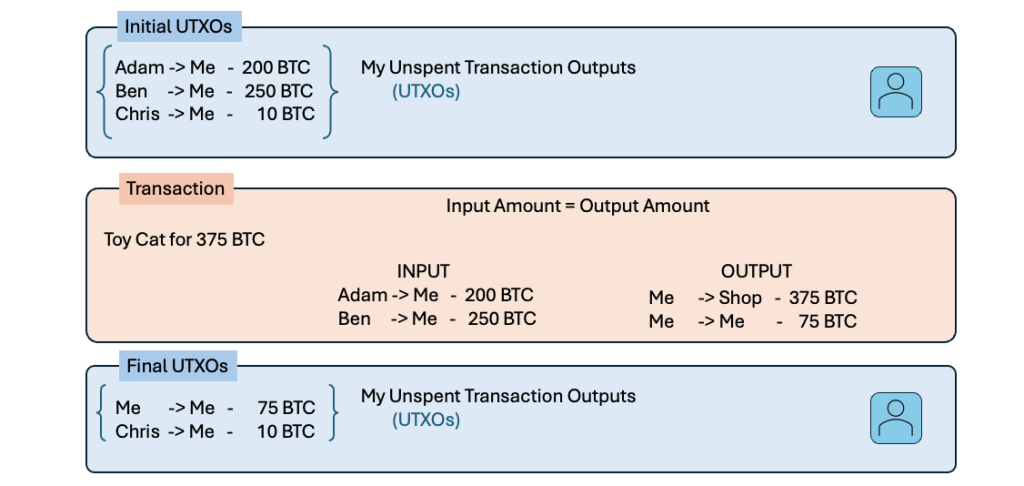
As we know the wallet is just a public key, and does not contain any coins by itself, the balance on the account is calculated by adding up all the unspent transactions. Anything which the user has not spent, is called a UTXO. So when I need to calculate the balance, we just sum up the UTXOs.
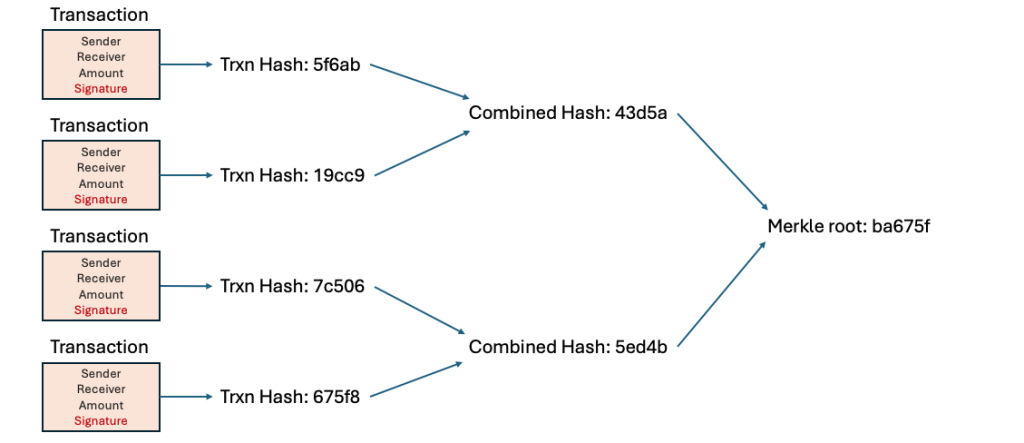
Storing multiple transactions in a block is achieved by storing just the combination of the hashes of all the transactions and adding the hashes 2 at a time in a tree (Merkle tree) form to end up with a root node called the Merkle root, This preserves the integrity of the validation of all the transactions present in the tree as changing a single hash will change the value of root node, and validating the transactions by re-calculating all the hashes is a simple process.
Proof of Work and Proof of Stake.

Since the blockchain is an open document and anybody can see its content, If a bad actor wants to introduce a bad transaction, or a bad block into the chain, the user has to compete against 50% of the nodes to sign off on a bad node. This is very computationally heavy since that user will have to bring enough processing power to build the longest chain after adding the bad block and make sure everyone signs off on that. This is a energy wasting exercise which limits Bitcoin to 4-6 transactions per second.
Proof of stake relies on the coins the user has in the network to pickup the mining work. It relies on stake the user has to ensure a person with some skin in the game will not likely bypass security since he can be penalized for adding a bad block. This does ensures a speedy transaction, but it becomes very hard of a person having less stake from getting any new work, hence less motivation to become a miner in network. This is used by Cardano.
Cheers – Amit!!
